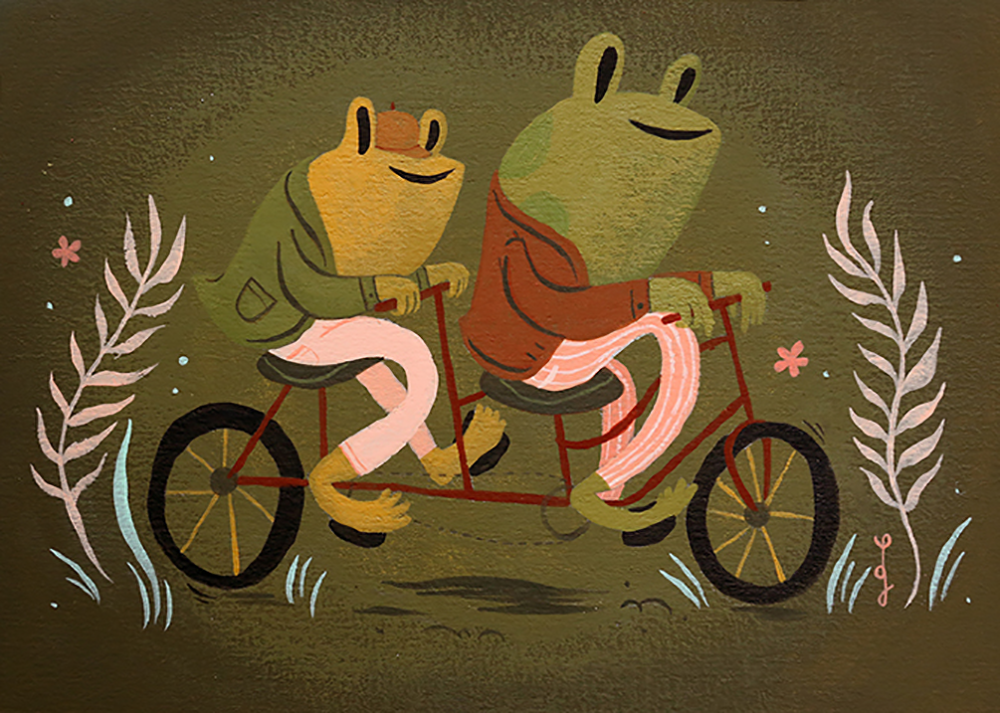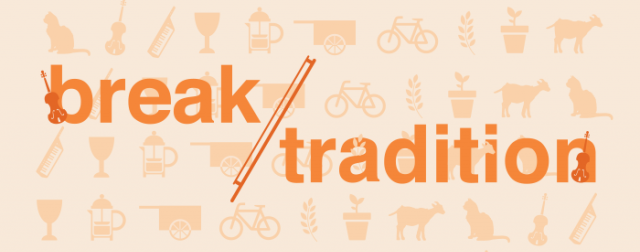Illustrated Ode to Frog and Toad: Q + A with Lauren Gregg

When you have an exhibition on a beloved children's book characters like Frog and Toad , an online search reveals plenty of nostalgic tributes. But this image caught our eye and led us to Lauren Gregg, an illustrator based in Athens, Georgia. We asked her what inspired this adorable update to the classic duo. Lauren Gregg, Frog & Toad , 5 in. x 7 in., cel vinyl on illustration board. Why did you choose to commemorate Frog and Toad with this illustration? This illustration was actually a painting for my friend and fellow illustrator Meg Hunt! She curated an art show for her wedding (best idea ever), and had over 50 illustrators make tiny paintings about love for her and her husband. At the time I was revisiting books from my childhood, and when I got to this part in Frog and Toad Are Friends , I started crying like a little baby: “I am happy. I am very happy. This morning when I woke up I felt good because the sun was shining. I felt good because I was a frog. And I fe


